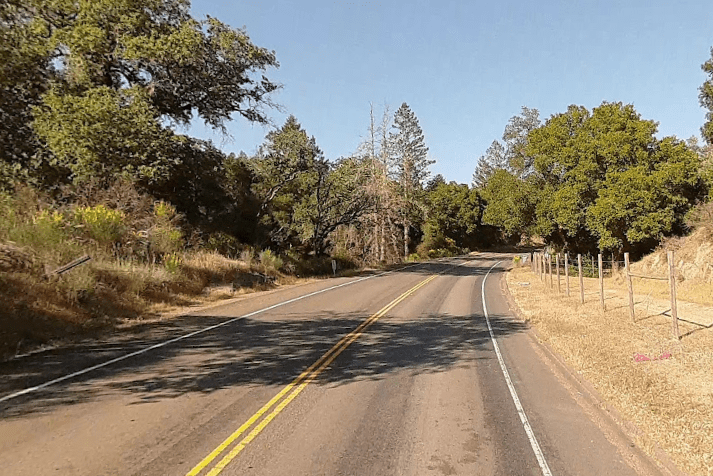Among the many, many bills recently signed by Governor Newsom is S.B. 339, an extension of a pilot program to test a road-user charge as a way to fund transportation.
The idea is that drivers would pay a per-mile fee, thus theoretically paying a fair share of road maintenance needs. That is, those who drive more cause more wear and tear on the road system, and therefore should pay more. Drive less, pay less.
That was the original idea behind the gas tax, as well. That is, if you use more gas, you are probably driving more, and you cause more wear and tear, etc etc. But the gas tax dwindled over time in its ability to keep up with maintenance needs, for a lot of reasons, from not being raised for years to not accounting for increasingly efficient vehicles, including cars that don't even use any gas and therefore pay nothing for road maintenance.
Even with changes brought by S.B. 1, there's a general acknowledgment that, sooner or later, the gas tax will have to be replaced with something that works better.
But a per-mile charge gets people riled up, in particular as regards privacy but also on charges of fairness. So California and a few other states have been running small pilot programs to test out some ideas to see if it's possible to resolve privacy issues while raising money in the most equitable way possible.
The California pilot is closing in on a sunset date, however - thus the need for S.B. 339 to extend it.
But the bill's author, Senator Scott Wiener, didn't just want to keep the current pilot in place, testing the logistics of a flat fee. It was clear from early results in other states, including Oregon, that if adjustments weren't made, the flat fee might encourage - or at least do nothing to discourage - inefficient, gas guzzling vehicles.
That would not align with state climate and air quality goals.
Max Baumhefner, an attorney with the Natural Resources Defense Council, explains how S.B. 339 would address these contradictions.
He writes:
Many assume taxing vehicle miles traveled (VMT) is the only solution to stabilize transportation funding revenue. However, a VMT tax (a Road User Charge by another name) is just as susceptible to revenue erosion as existing motor fuel taxes that are not indexed to both inflation and total fuel consumption. Regardless of whether a state is relying upon fuel taxes or a VMT tax to collect transportation revenue, it must index to both inflation and either total fuel consumption or total VMT to break the conflict between reducing fuel consumption/reducing VMT and collecting revenue needed to maintain the transportation system.
Baumhefner points out that some of the lessons applied to S.B. 339 come from experience in the regulation of utility rates. Higher energy use could lead to higher revenues for utilities, so a flat rate would discourage the kind of energy efficiency that was important to reduce pollution and keep customer bills from rising endlessly.
A flat Road Use Charge (RUC) that is not indexed also fails to reflect the “polluter pays” principle and removes the incentive for people to buy more efficient vehicles and to drive them more efficiently. It is estimated that replacing the federal gas tax with a flat RUC would result in the consumption of 5 billion additional gallons of petroleum per year, costing consumers approximately $12.5 billion and resulting in 45 million tons more of carbon pollution annually.
A flat RUC that assesses the same cent-per-mile fee on all vehicles also ignores the fact that bigger, heavier, less efficient vehicles take up more space on the roads and are disproportionately responsible for damage to the roads. A fuel-based tax (like the gas tax) or a RUC that is adjusted for vehicle efficiency better reflects the 'user pays' principle because it takes more energy to move bigger, heavier vehicles.
Under S.B. 339, the extended California program will "test how a RUC could be adjusted to account for individual vehicle efficiency."
"Aligning the collection of transportation revenue with efforts to improve energy efficiency, accelerate the adoption of zero-emission vehicles, and reduce VMT helps all consumers save money, and helps low- and moderate-income households the most," he writes.
Analysis of 34 years of consumer spending found improving vehicle efficiency benefits everyone, and that low- and middle-income households save a greater share of household income relative to higher-income households. Improving vehicle efficiency provided middle-income families as much as $17,000 over the study period, despite the fact that households paid slightly more for new and used cars equipped with fuel-saving technology.






